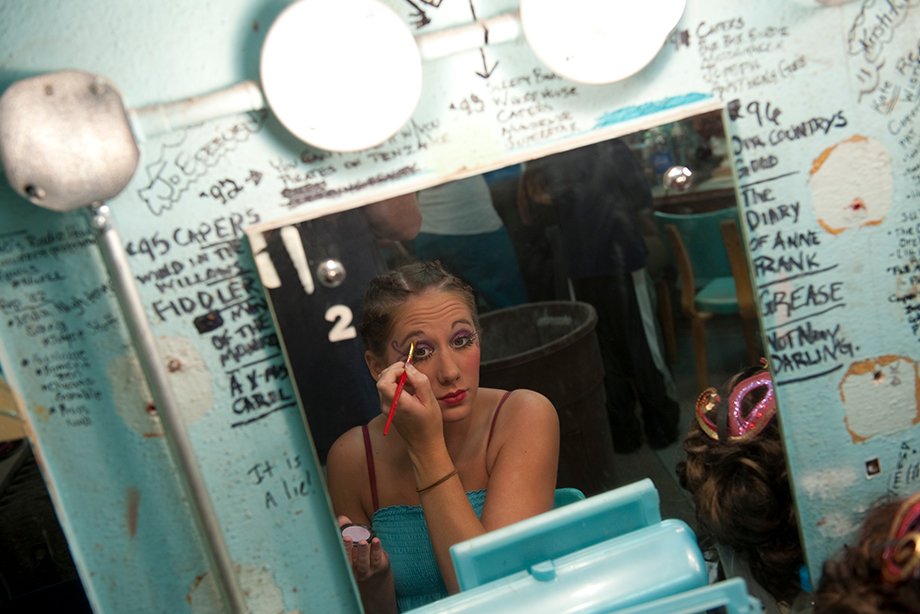Let the Creative Juices Flow.
If you’re passionate about music, theatre, or the arts, opportunities to showcase your talents are waiting for you. Some groups on campus require an audition to join and some don’t, but almost all of them are open to students in any major. In some cases, you can receive college credit that fulfills general education requirements, or you can audition for special scholarship that rewards your talent.
You do not have to major in music to perform and travel with one of the country's most recognized marching bands, the Pride of the Dakotas. That also goes for the award-winning 120-member Women's Chorus, or the famed SDSU Statesmen. Can't sing? SDSU has three different concert bands. Jazz lovers can perform in jazz ensembles, or join a jazz combo. There are also numerous small group experiences such as madrigal singers, opera scenes workshop, brass quintet, flute choir, and saxophone quartet.
To be or not to be? If that is your question, then SDSU’s theatre program might be for you. State University Theatre puts on four shows each year and gives students the chance to gain experience on stage or behind the scenes. In addition, students can participate in Prairie Repertory Theatre (PRT), which stages four performances every summer. If you’re a triple threat, you’ll want to join Capers, the annual student-produced variety show that cleverly and comically showcases our students’ singing, dancing, and acting talents — and they’ve got lots.
If you’re more of a “paint to paper” kind of artist, the Department of Visual Arts at SDSU offers courses in art and design for all students. Try your hand at painting, ceramics, or general art. The Ritz Gallery on campus exhibits many student works as well as those of faculty, alumni, and visiting artists throughout the year.
Step outside the classroom to discover this energetic and creative slice of life at State. And the best part? You can get involved regardless of your major.
80% of the members in the Pride of the Dakotas, Pep Band, and Concert Band are non-music majors.
Each year nearly 30 different academic majors are represented in the ensembles.






